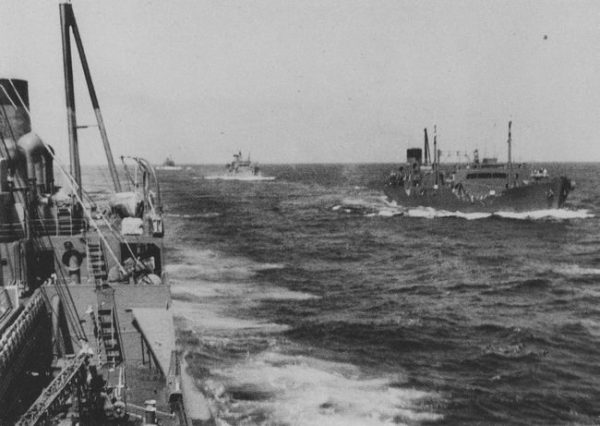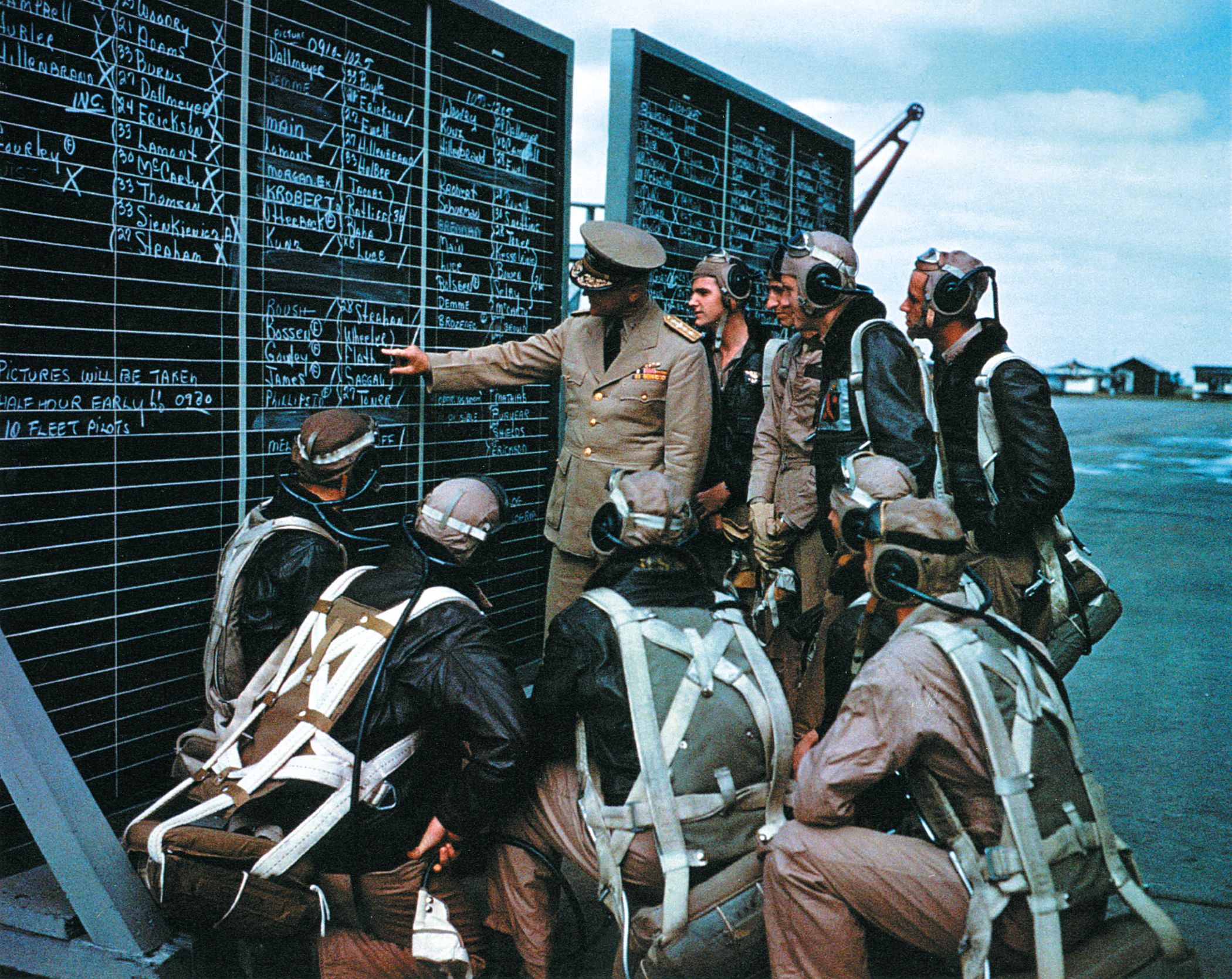Otis Mayfield
Diamond Member
- Sep 17, 2021
- 4,904
- 4,825
- 1,893
- Thread starter
- #41
And they stockpiled, and made plans for other sources, as the links at the links I posted indicate. As for iron and other metals, they scoured the U.S. junkyards like locusts in the post-WW I decades. This isn't any big secret. One of my grandfather's best friends got wealthy selling scrap metal from the oil patches and railroads to the Japanese in the 1930's; so did a lot of junkyard and wrecking yard owners.
During 1944, the balance of naval power in the Pacific decisively turned against Japan, and by early 1945, its fleet was much depleted and badly hobbled by critical fuel shortages in the home islands. In a desperate attempt to slow the Allied advance, Yamato was dispatched on a one-way mission to Okinawa in April 1945, with orders to beach herself and fight until destroyed, thus protecting the island

Japanese battleship Yamato - Wikipedia
The Yamamoto had enough fuel for a one way trip to Okinawa.
Other ships of the line were docked and used as flak platforms to protect the harbors.


